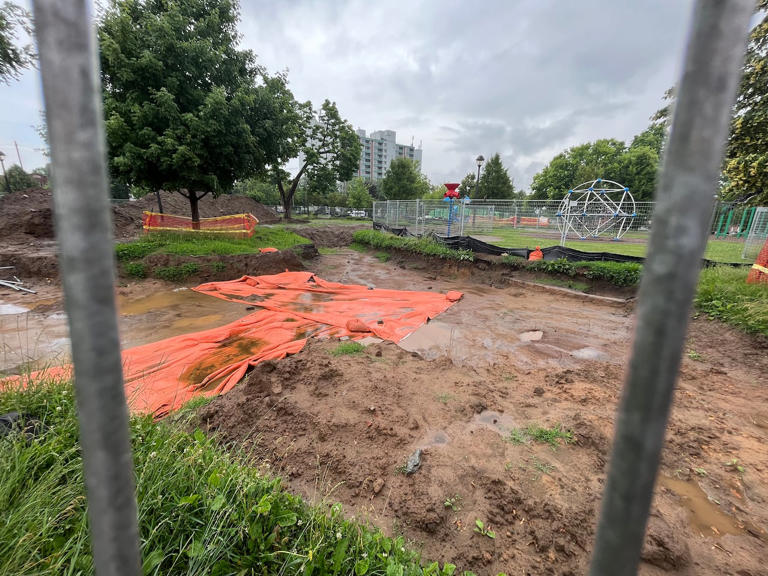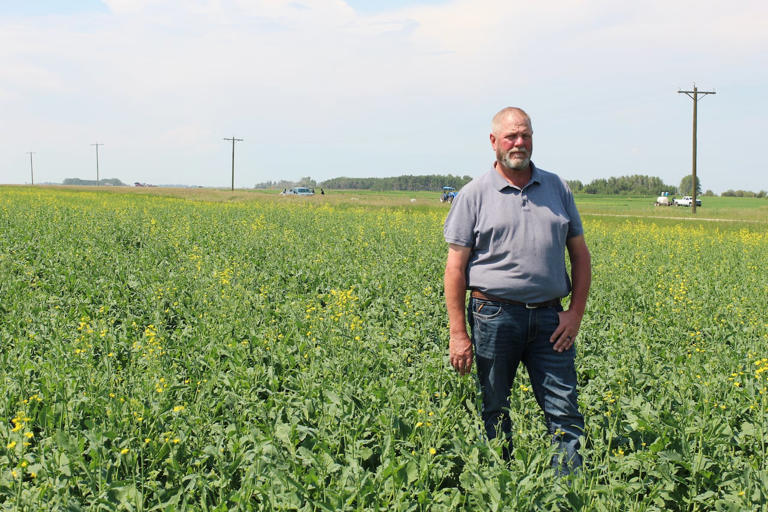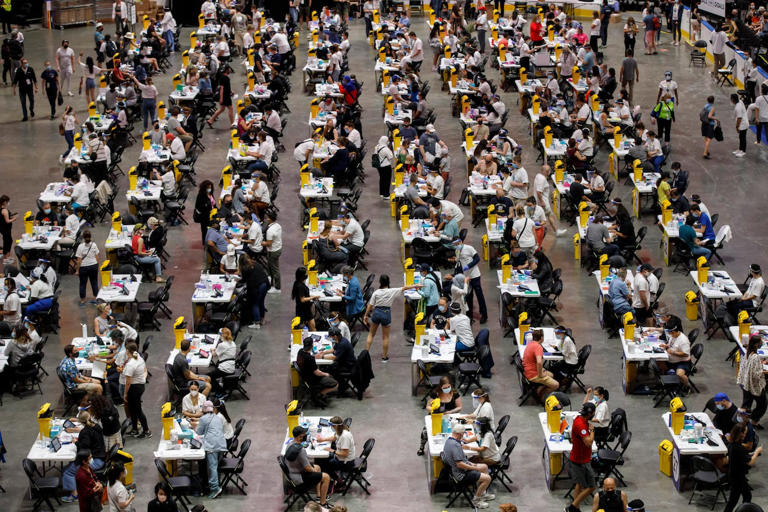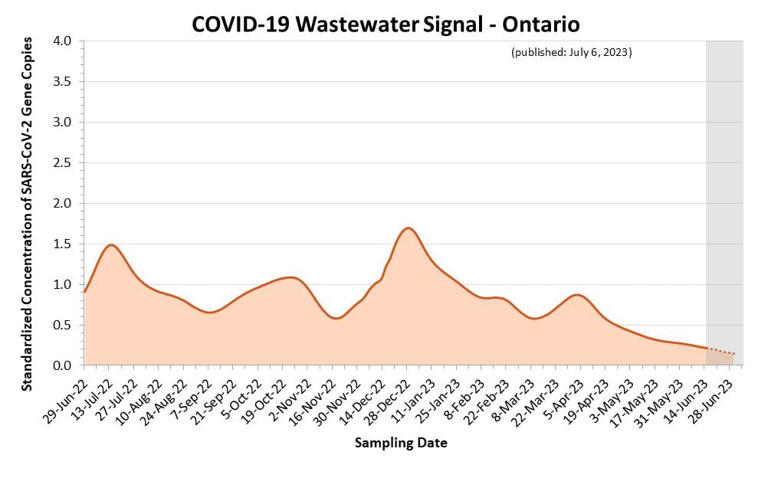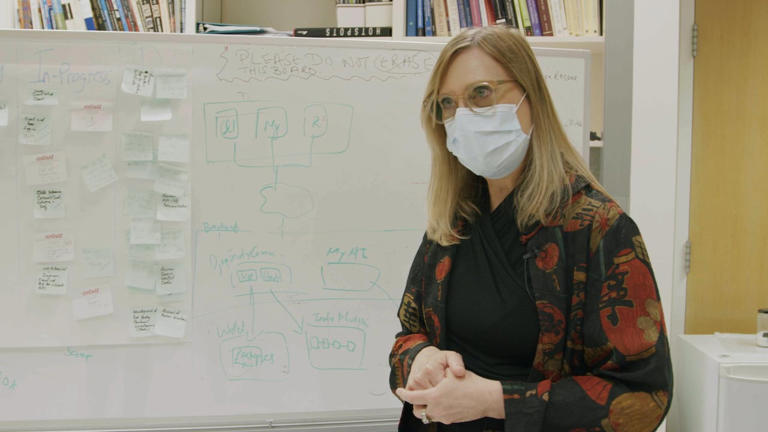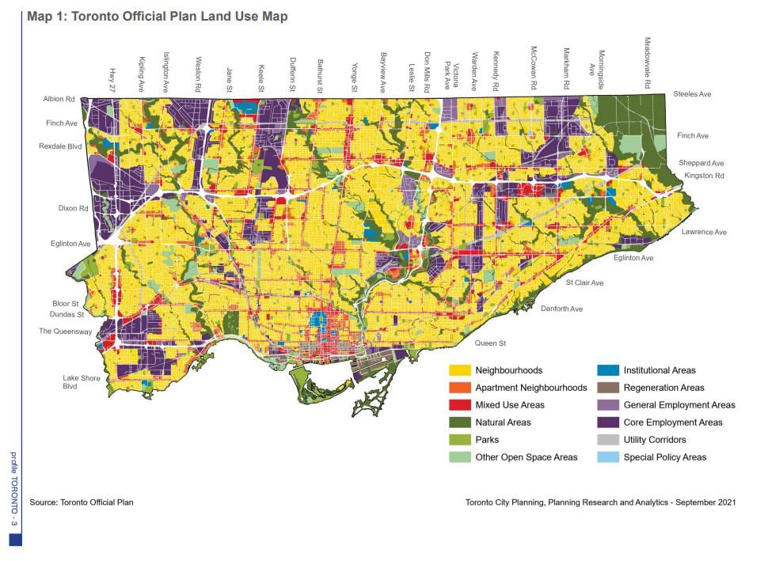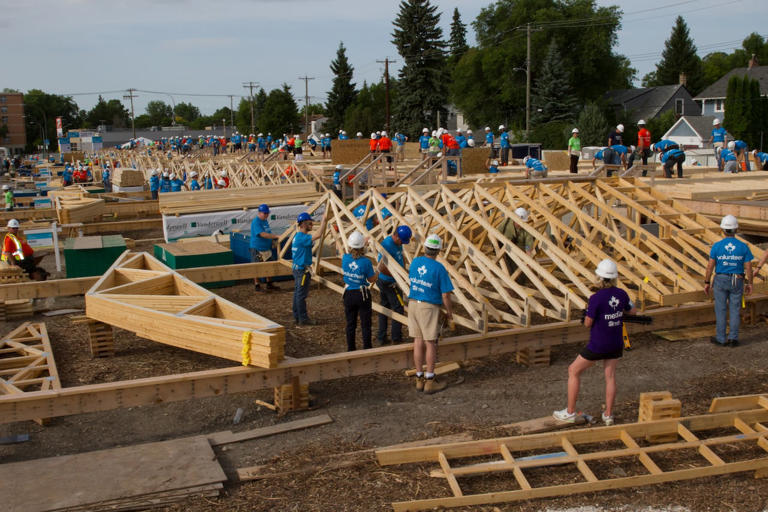Story by The Canadian Press • Thursday, July 20, 2023

Nearly 40% of the money raised by the WHO Foundation in its first two years came from anonymous sources, worrying some that donors may be trying to influence the World Health Organization and its role in shaping global health policy with their gifts.
The foundation, launched in 2020 to help raise private sector funds for the WHO, said it received $66 million in direct gifts through 2022, with $26 million coming from donors who chose not to be publicly named. Anil Soni, WHO Foundation CEO, told The Associated Press the foundation’s board, which includes a representative from the WHO, knows the donors' identities and that the foundation will not accept a gift if there is a conflict of interest.
“They want to be anonymous because they’re otherwise solicited or even targeted because they’re seen to be a source of wealth,” Soni said in an interview. “And I respect that.”
The foundation, which is based in Switzerland, is not required to disclose its donors.
Some global health practitioners worry anonymous donations make it harder to spot potential conflicts of interest. They say companies may donate to the foundation to influence the WHO's global health policies and reports that often have wide-ranging ramifications. For example, food and beverage companies took note last week when two branches of the WHO found that the sweetener aspartame — used in diet soda and countless foods — may be a “possible” cause of cancer.
“For the integrity of the WHO, I think it’s really important that there’s some greater transparency around this,” said Sophie Harman, professor of international politics at Queen Mary University of London, of the anonymous donations, which include a single anonymous gift of $20 million to the foundation’s operating expenses.
Private and philanthropic funding have long supported other large global health organizations like Gavi, the Vaccine Alliance, and the Global Fund to Fight AIDS, Tuberculosis and Malaria, but Harman said the WHO has stood out as the publicly funded body that also sets standards across all areas of health.
“This is a big step change for the WHO that it’s now doing this,” Harman said.
The bulk of the WHO’s funding comes from governments. But in 2020 with the onslaught of the pandemic and then-President Donald Trump's move to withdraw from the WHO, many hoped the WHO Foundation might generate new financing from wealthy individuals, the private sector and public fundraising campaigns.
Soni, the first leader of the foundation, has become an evangelist of sorts for bringing in new private sources of funding for the WHO. A veteran of major global health organizations like the Global Fund and the Clinton Health Access Initiative, he most recently worked eight years at the pharmaceutical company Viatris.
Soni said he is committed to transparency. The foundation published a list of donors and their donations online, including the anonymous ones. Soni pointed to the foundation’s gift acceptance and whistleblower policies as examples of how it guards against undue outside influence. It also bundles gifts to support specific work, such as the WHO’s Ukraine and COVID-19 responses.
“What they’ve set out in their gift policy is a really good start,” said Quinn Grundy, assistant professor with the Lawrence S. Bloomberg Faculty of Nursing at the University of Toronto, who has studied the interactions of industry with health systems. She also encouraged the foundation to decline gifts from donors who do not want to be publicly named.
The WHO already receives private support from major philanthropies, like the Bill & Melinda Gates Foundation, which directs much of its donations toward eradicating polio. The WHO Foundation does not aim to redirect that support, but rather motivate new donors.
Among the companies that have donated to the foundation are Meta, the parent company of Facebook, medical technology company Masimo Corp., luxury travel company DFS Group, and food giant Nestle. That donation elicited outcry from some global health professionals because of Nestle’s history of marketing baby formula. WHO guidelines advocate for breastfeeding and say that formula should be available when needed, but not be promoted.
The foundation eventually reallocated Nestle’s $2.1 million donation to the vaccine-sharing initiative COVAX rather than to the WHO’s COVID-19 response. Nestle did not comment on the donation but said it complies with national laws on marketing formula. It has also voluntarily extended a policy not to promote formula for babies up to six months to all countries, including those like the U.S. that do not have regulations, among other commitments.
“Any donor to the WHO, whether a company or a government, the entirety of what they’re doing is not necessarily going to be compliant with WHO norms and standards,” Soni said, adding that the foundation’s acceptance of those gifts should not limit the WHO’s ability to hold those countries or companies accountable.
Another new vehicle that the foundation has created is an impact investment fund, which launched last year. The Global Health Equity Fund will be run by the Israeli-venture group OurCrowd and seeks to raise $200 million to invest in “breakthrough” technologies for health care and in industries that impact health, like energy and agriculture. The foundation will not select the investments but will work with companies to make their technologies accessible and appropriate for markets in low- and middle-income countries.
Javier Guzman, director of global health policy at the Center for Global Development, thinks it is inappropriate that the WHO Foundation is involved with the development of any technology that might eventually be evaluated by the WHO, which he said has the power to shape industries and markets.
“The foundation should not be associated with any global venture firm, should not be associated with picking winners and deciding what companies and what technologies should or should not be developed,” Guzman said.
Soni responded that “The WHO Foundation does not ‘pick winners’, but we are helping to make more bets to encourage innovative solutions to save lives.”
He pointed to his experience working on access to treatments for HIV and AIDS as one motivation for the fund. While great strides have been made, he said, it generally takes years for new medications and interventions to reach poorer countries. The fund will ask the companies it invests in to make a plan to incorporate those countries into their business models.
“Too often in these debates about development, whether it’s health, education or climate, we’re focused on public capital or charitable capital,” said Soni, adding the foundation is seeking to influence return-seeking capital to be better aligned with public good.
___
Associated Press coverage of philanthropy and nonprofits receives support through the AP’s collaboration with The Conversation US, with funding from Lilly Endowment Inc. The AP is solely responsible for this content. For all of AP’s philanthropy coverage, visit https://apnews.com/hub/philanthropy.
Thalia Beaty, The Associated Press
